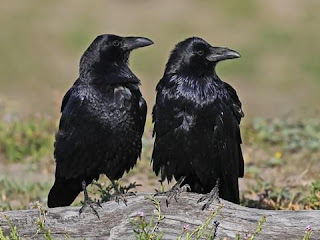Beguiling Beauty: the Death Cap
The toxin in this Amanita is a potent cyclopeptide called amanitin. Amanitin disrupts the function of protein enzymes that leads to liver and kidney failure. The onset of symptoms (abdominal pain, vomiting, diarrhea) do not manifest until up to 24 hours after ingestion...by that time, the amitoxin is already wreaking its havoc on the internal organs! However no mushroom, including the Death Cap, has dermal toxicity-you can safely handle any mushroom with no danger-ingestion is how they release their poison.
To seek out this fall beauty, check under oaks and hazelnuts: Death Cap is ectomycorrhizal (symbiotic with fine root structures) with these plants. In the spring look for its equally deadly cousin, the all white Destroying Angel (Amanita ocreata).
The Death Cap is a beautiful and fascinating fungus...enjoy its elegance but keep it off your dinner menu!







Comments
Post a Comment